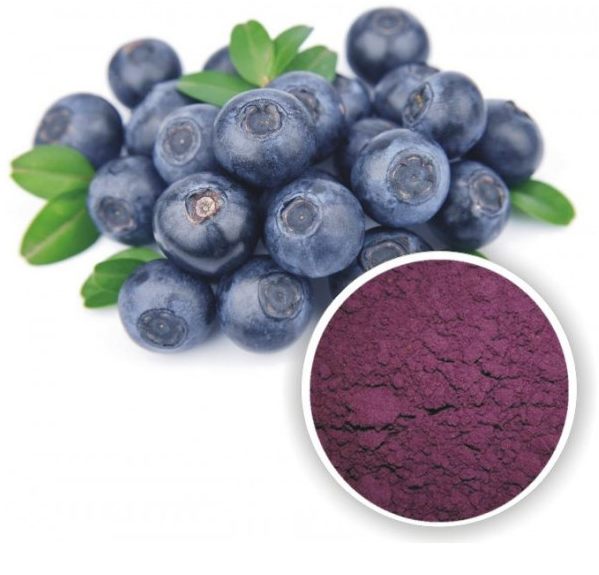
In recent years, the State Administration for Market Regulation (SAMR) have taken a series of measures to regulate the solid beverage market and strengthen the supervision of its quality and safety, including regulations on labeling. In addition to the provisions in the "National Food Safety Standard General Principle for Prepackaged Food Label" (GB 7718-2011) and the "General Rules for Nutrition Labels of Prepackaged Foods" (GB 28050-2011), there are other items that need special attention on the labels of solid beverages. Foodmate has summarized the following for your reference.
1. Food Name
Scope: All solid beverages
Source: Announcement on Strengthening the Supervision of Quality and Safety of Solid Beverages by the SAMR
Requirement: The food name should not be the same as the approved special food names. The product label should prominently display the special name "Solid Beverage" that reflects the true nature of the food. The font size should not be smaller than other text (including trademarks, patterns, etc.) on the same display page.
2. Warning Phrases
Scope: Minimum sales units of protein solid beverages, plant-based solid beverages, special-purpose solid beverages, flavored solid beverages, and solid beverages with edible bacterial strains provided directly to consumers
Source: Announcement on Strengthening the Supervision of Quality and Safety of Solid Beverages by the SAMR
Requirement: As a warning message, the same display page of the food name should indicate "This product cannot replace special medical purpose formula foods, infant formula foods, health foods, and other special foods." The area occupied by the warning message should not be less than 20% of the page. The warning message should be printed in bold and have an obvious color contrast with the background of the warning message area.
3. Bacterial Strains
Scope: Solid beverages with added bacterial strains
Source: National Food Safety Standard for Beverages (GB 7101-2022)
Requirement: The label should indicate the presence of live (not sterilized) or non-live (sterilized) strains. For products with added lactic acid bacteria in live form, the label should indicate the lactic acid bacteria content, which should be ≥106 CFU/g (mL).
4. Storage and Transportation Conditions
Scope: Products that require refrigerated or frozen storage and transportation
Source: National Food Safety Standard for Beverages (GB 7101-2022)
Requirement: The storage and transportation conditions should be indicated on the label. only indicating storage conditions is not in compliance with the standard requirements.
5. Dilution or Brewing Methods
Scope: Solid beverages with standard code GB/T 29602
Source: Solid Beverage (GB/T 29602-2013)
Requirement: The label should indicate the dilution or brewing methods for the solid beverage.
6. Specific Category Labeling Requirements
Scope: Solid beverages with standard code GB/T 29602
Source: Solid Beverage (GB/T 29602-2013)
Requirement: Fruit and vegetable juice solid beverages should indicate the content of fruit juice and/or vegetable juice. Composite fruit and vegetable juice solid beverages should indicate the blending ratio of different fruit juices and/or vegetable juices. Composite protein solid beverages should indicate the blending ratio of different protein sources. Fruit juice tea solid beverages should indicate the fruit juice content.
7. Others
Scope: Solid beverages with standard code GB/T 29602
Source: Solid Beverage (GB/T 29602-2013)
Requirement: GB/T 29602 specifies partial indicators after dilution or brewing according to the labeling instructions. For items related to nutritional components such as protein that are consistent with the nutritional facts table, attention should be paid to the accuracy of the nutritional facts table data.
Foodmate Reminder:
The SAMR specially emphasizes that solid beverages should not use words or patterns to express, imply, or emphasize that the product is suitable for specific groups, such as minors, the elderly, pregnant women, patients, or people with nutritional risks or malnutrition. It is also prohibited to use production processes, ingredient names, etc., to express or imply disease prevention, treatment functions, health functions, or meeting the special needs of specific disease populations. Solid beverage manufacturers should correctly label according to relevant standards and regulations, provide consumers with accurate and comprehensive product information, and avoid false advertising and illegal sales.